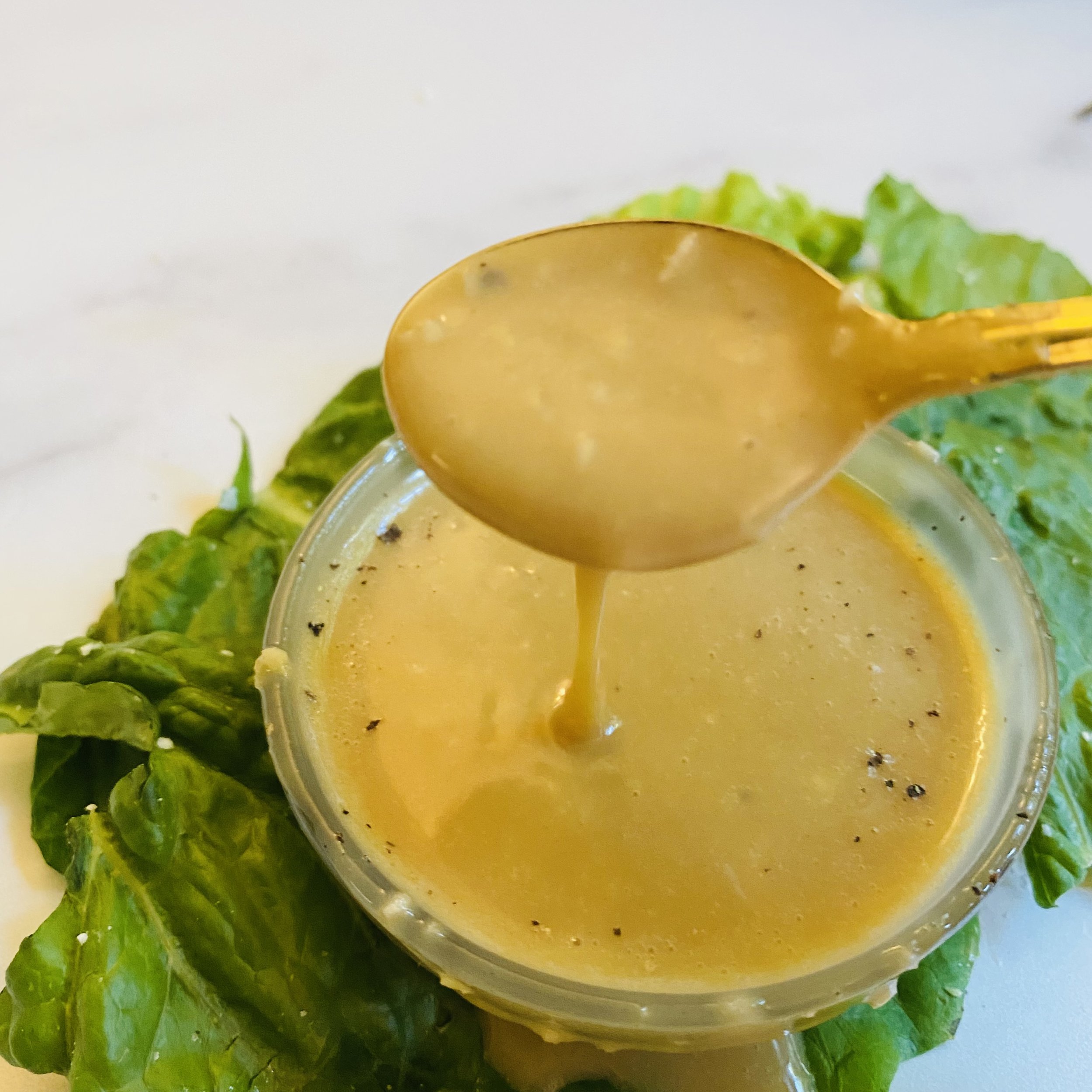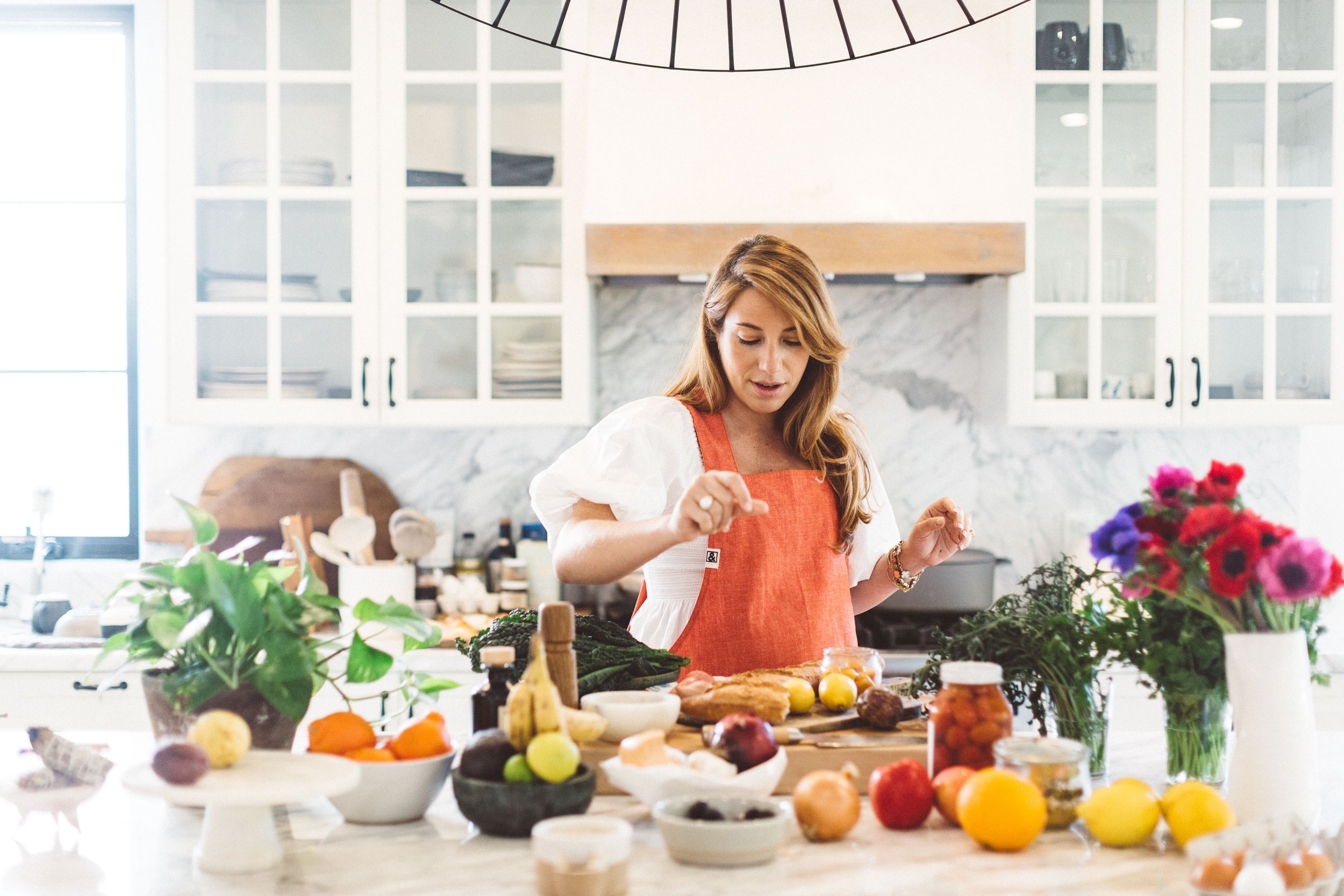Artificial food coloring is everywhere. In our food, our pharmaceuticals, even our mouthwash. Pick up a conventional or processed product from the shelves and you’re likely to find one of the nine FDA-approved artificial dyes listed in the ingredients.
The question then is: Why—and what harm does this cause to our health? To answer this, we reached out to Dr. Tania Dempsey, a Board-Certified physician specializing in internal medicine and integrative and holistic medicine. As Dr. Dempsey illuminates, food coloring represents the even larger issue of all the additives that go into what we eat.
Let’s start with how common food dyes are today. What are the main culprits?
Food coloring is pervasive throughout the food, drug, and cosmetic industries.
The foods that most commonly contain artificial dyes are in the processed food category. Breakfast cereal, chips, candies, cookies and other baked goods frequently have color added to them for appearance and to make them look more inviting. Other packaged food, such as flavored oatmeal and macaroni and cheese, often have food dyes listed in their ingredient list. Beverages like sports drinks, fruit juice and soda can also contain food dyes. However, the really shocking thing is the number of foods that would not necessarily be considered “junk” food that contain dyes.
Many pharmaceutical pills, over the counter or prescription strength, whether they are capsules, tablets, contain some kind of coloring in the outer coating of their pills or capsules.
Liquid preparations, particularly for pediatric use like medications for fever or colds, often contain food dye. The coloring probably serves as a way to distinguish the pills for the company, the pharmacist and the patient. It also looks more attractive to the patient. Hygiene products like toothpaste and mouthwash are usually found in various colors, with various food dyes added.
These dyes are also found in unexpected places. What are those?
Some brands of pickles contain a yellow dye to make the pickles look brighter. Non-organic oranges can be sprayed with a dye to give them a more vibrant orange color. As mentioned previously, dyes are found in pharmaceuticals, even in infant and children’s products, as well as cosmetics, like face washes and creams, and personal care products like toothpaste and mouthwash.
What are the main artificial food dyes to look out for? And what hazards or health concerns are they linked to?
There are nine FDA approved artificial dyes: Blue 1, Blue 2, Citrus Red 2, Green 3, Red 3, Red 40, Yellow 5 and Yellow 6. Studies have shown that all have some associated health risks. The literature has been extensively reviewed by several organizations and researchers. A summary of the dangers of each is outlined in a document published by The Center for Science in Public Interest.
More than half of the approved artificial food dyes have carcinogenic potential and have been linked to tumor growths and cancer. Red 3, also known as Erythrosine, was shown to increase thyroid tumors in animal studies. Red 40, Yellow 5 and Yellow 6 contain a chemical called benzidine, which is a carcinogen that can cause cancer. Several dyes, notably Blue 1, Red 40, Yellow 5 and Yellow 6, have been shown to cause hypersensitivity reactions, with symptoms that can include: itching, hives, face swelling, headaches, dizziness, trouble breathing, and even anaphylaxis. Yellow 5 has the potential for being genotoxic, which means that it can damage DNA, potentially affecting future generations of children.
Many of the dyes have been shown through various studies and meta-analyses to cause behavioral issues in children, including ADHD, which is concerning especially since children are the predominant consumers of food products that contain food coloring. *
We’ve read that some dyes are made of unappealing—and appalling—ingredients. Would you talk about this?
Most of the artificial dyes are made from petroleum. FD&C Blue No. 2 Aluminum Lake is made from aluminum, which is a toxic metal.
There are natural dyes that contain insects, like carmine, which is a red coloring made from crushed cochineal bugs. But many of the natural dyes come from fruits and vegetables, like beets, spinach, cabbage, or pomegranates.
What is the psychology behind using food coloring? Is it necessary?
From a health perspective, food coloring is certainly not necessary. However, from a business and marketing perspective, food coloring sells. Consumers, including children, are attracted to the colors, which make them excited about eating the food or taking the pill or swallowing the liquid medication, for instance. It is more enticing to eat something bright in color rather than something beige and bland. Food coloring has no purpose in any product other than aesthetics- it doesn’t make the food taste better or make the medication work better.
What are some healthier swaps?
Generally speaking, organic food will be healthier and less likely to contain artificial food dyes. Choose organic oranges instead of non-organic, as an example. Choose packaged products that contain fewer ingredients and avoid foods with bright colors. Cutting back on packaged products and eating a more whole food based diet will be healthier and will avoid additional colorings or flavorings. Some products that are marketed as healthier, like fruit gummies, use natural dyes, but still carry their own set of side effects. They may be less toxic but they can still cause hypersensitivity reactions in some people and contain excessive amounts of carbohydrates and sugars. Staying away from foods that are colored may be difficult but there are plenty of options out there.
Food dyes are just one example of a larger problem of copious food additives. What else is critical to know?
Beyond the issue with food dyes, we should also consider artificial or even natural flavors used in packaged food that might also be problematic. Many products not only have color added for the visual effects but also contain flavors to make them appeal to the palate. Artificial and natural flavorings may contain chemicals and solvents that can be toxic and can cause a variety of reactions.
Dr. Tania Dempsey, MD, ABIHM is Board-Certified in Internal Medicine and Integrative and Holistic Medicine. She received her MD degree from The Johns Hopkins University School of Medicine and her BS degree from Cornell University. She completed her Internal Medicine Residency at New York University Medical Center. She is currently a community staff member of Greenwich Hospital in Greenwich, CT.
In 2011, she founded Armonk Integrative Medicine (AIM) which has evolved into the AIM Center for Personalized Medicine, a destination practice in Purchase, NY, focusing on complex, multi-system diseases. Dr. Dempsey is an expert in Mast Cell Activation Syndrome, Dysautonomia, ME/CFS (Myalgic Encephalomyelitis/Chronic Fatigue Syndrome), Tick-Borne Infections and Autoimmunity. She is a member of the U.S. ME/CFS Clinician Coalition and is actively involved in their Infection Workgroup subcommittee. She is the co-author of the chapter on “Urogynecology and Hypermobility” in the 2020 book, Disjointed Navigating the Diagnosis and Management of hypermobile Ehlers-Danlos Syndrome and Hypermobility Spectrum Disorders. She has recently published several ground-breaking articles in the medical literature, including the review article “Diagnosis of mast cell activation syndrome: a global "consensus-2" published in Diagnosis in April 2020 and the newly published case series from January 2022 titled: “Post-HPV-Vaccination Mast Cell Activation Syndrome: Possible Vaccine-Triggered Escalation of Undiagnosed Pre-Existing Mast Cell Disease?” To learn more about Dr. Dempsey visit aimcentrepm.com.
* Additional reference: Kobylewski S, Jacobson MF. Toxicology of food dyes. Int J Occup Environ Health. 2012 Jul-Sep;18(3):220-46. doi: 10.1179/1077352512Z.00000000034. PMID: 23026007.










